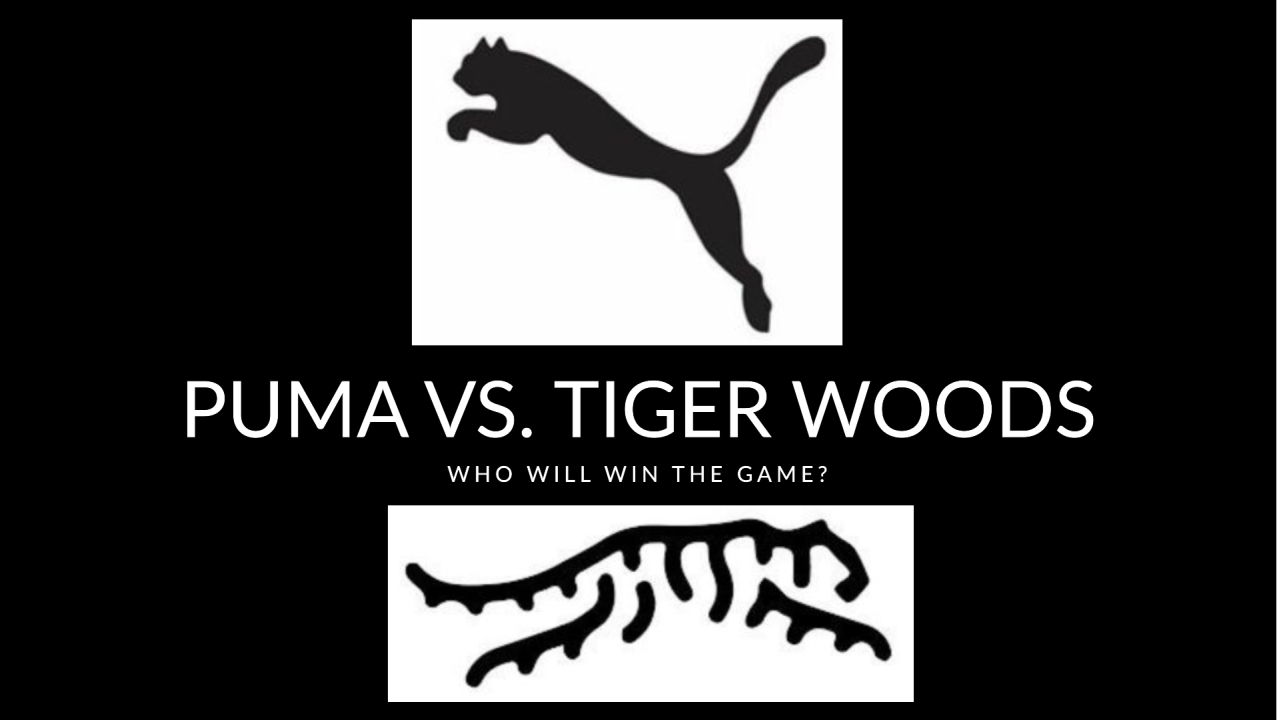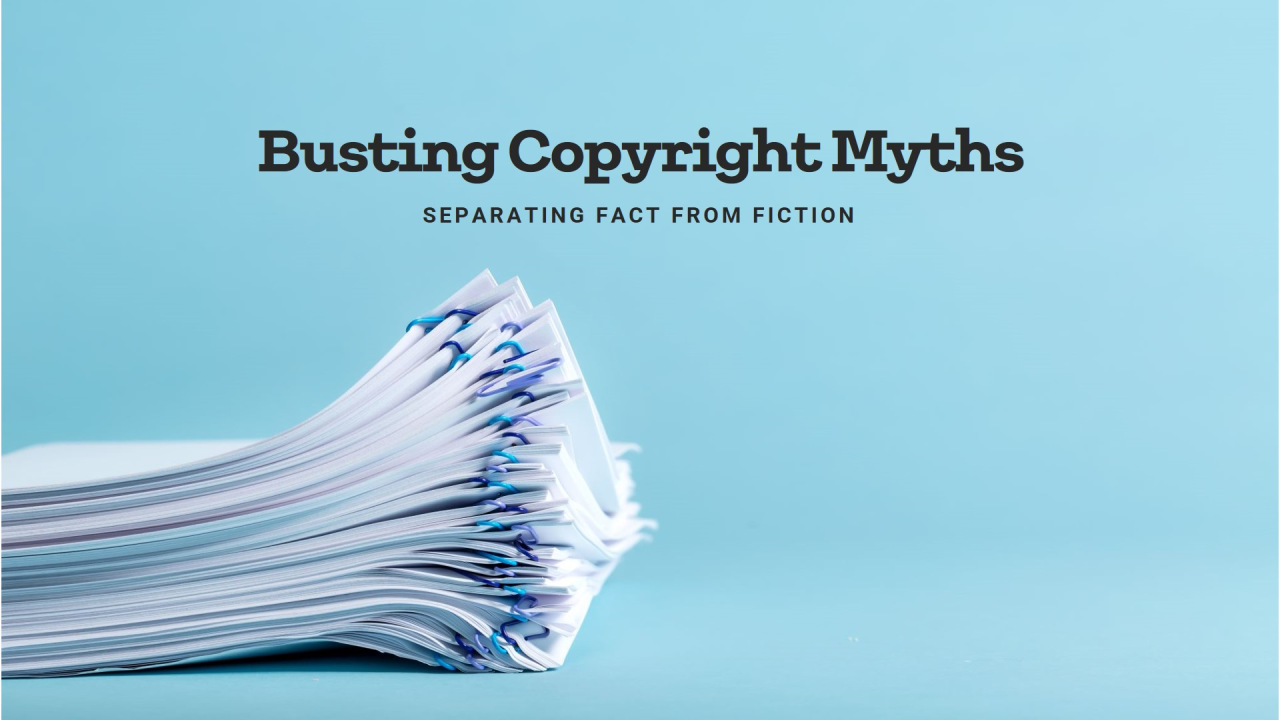
Why Is Puma Opposing SDR’s Logos?
On January 2, 2025, Puma asked the United States Patent and Trademark Office (USPTO) to stop SDR from registering its tiger-themed logos. Puma argues that SDR’s logos look too much like Puma’s famous ‘Leaping Cat’ logo, which has been a registered trademark in the U.S. since 2010.
Puma claims:
- Both logos remind people of big cats, which could confuse customers.
- Since both brands sell golf apparel, people might think the two companies are connected.
- SDR’s tiger logo might harm the uniqueness of Puma’s logo, making it less special.
Interestingly, another golf brand, Slazenger, has used a cat-themed logo since 2013 without any objections from Puma. So why is Puma targeting SDR now?
The Tiger Behind the Brand
The answer may lie in the star power behind SDR. Tiger Woods, the most iconic golfer of the 21st century, launched Sun Day Red in collaboration with TaylorMade after ending his decades long association with Nike in early 2024. SDR draws from Woods’ celebrated tradition of donning red shirts during Sunday tournament rounds and prominently features a tiger silhouette with 15 stripes, commemorating his record-breaking major victories. With Woods’ name and legacy backing it, SDR is poised to become a formidable player in the golf apparel space, making it a direct threat to Puma’s market position.
Why This Matters: Branding in the Digital Era
In today’s digital-first economy, where brand recognition and consumer loyalty are increasingly transient, trademarks have become critical assets for companies. Social media dominance and online visibility mean that even subtle similarities between competing logos can lead to significant commercial implications. Puma’s opposition appears to be a preemptive strike to protect its brand identity and maintain its foothold in a lucrative but competitive market.
However, trademark law exists to strike a balance. It protects established brands from unfair competition while allowing new entrants to distinguish themselves creatively. Puma’s claim raises an important question: Can it monopolize the imagery of felines in motion, or does this stifle fair competition? If the USPTO sides with Puma, it could set a precedent that complicates the use of feline-based logos for other brands in the sports industry.
The Road Ahead
For now, the outcome of this high-profile dispute remains uncertain. SDR has until February to respond to Puma’s opposition. If the matter isn’t resolved during the USPTO examination process, it could escalate to federal court a lengthy and expensive process that often leads to settlement.
This case, however it unfolds, serves as a potent reminder of the power of trademarks in shaping business strategies and brand identities. For companies and startups, it’s a call to prioritize trademark protection as a foundational part of business planning, especially when entering competitive markets.
As for the SDR vs. Puma clash, one thing is clear: this isn’t just about logos. It’s a battle for consumer minds, market share, and the future of branding in golf.





